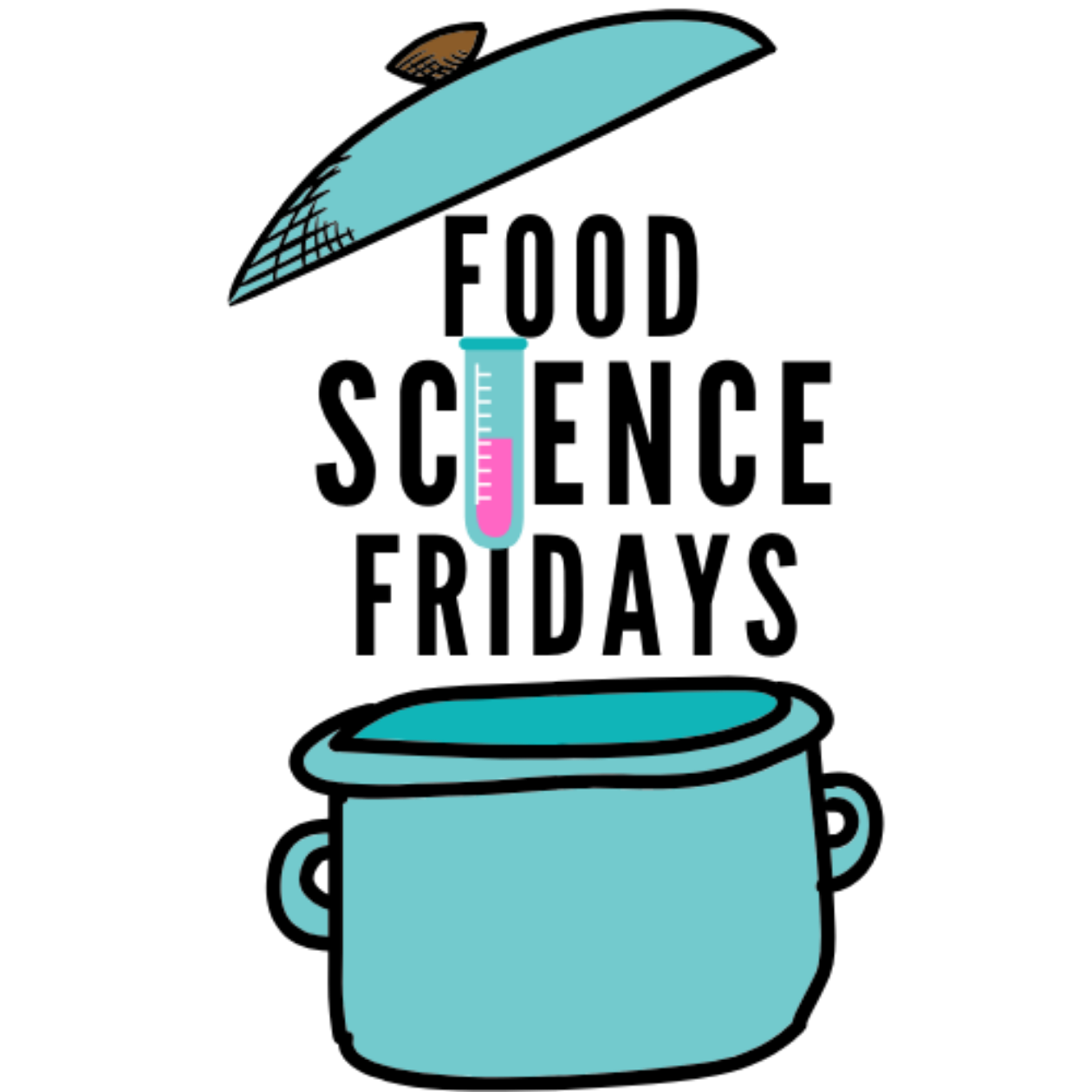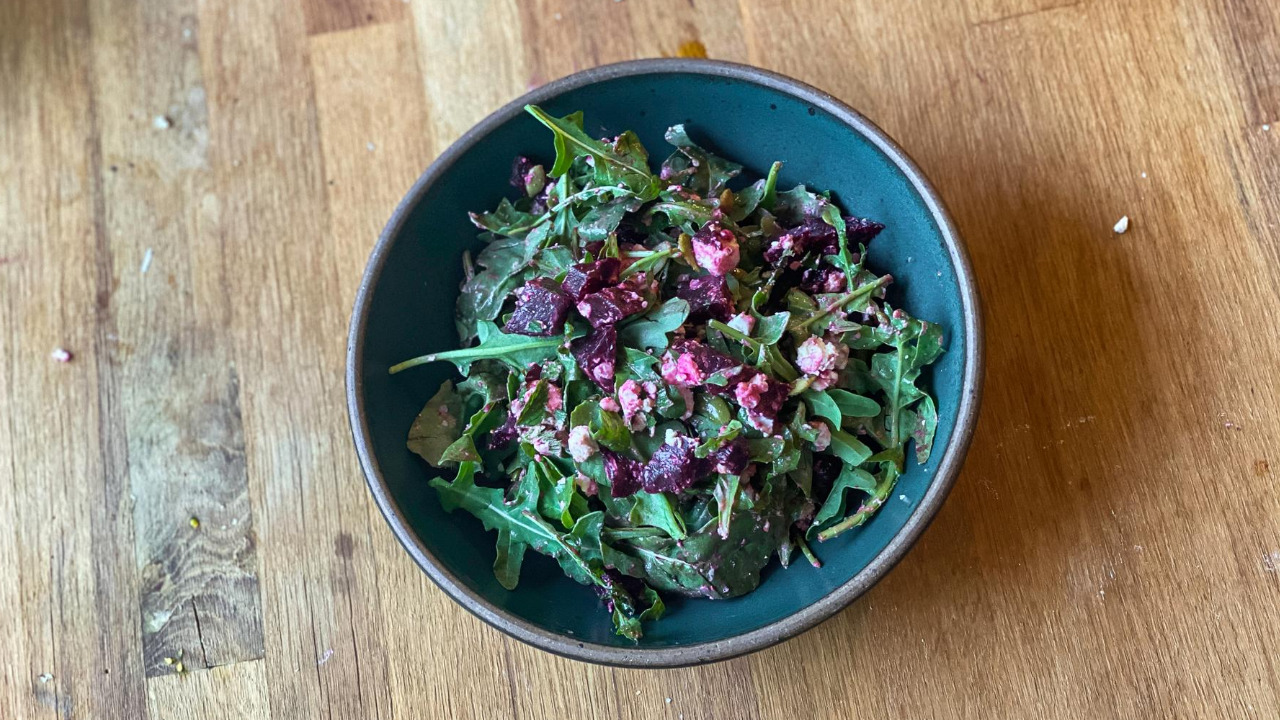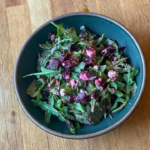You can’t stop the beet.
Just beet it.
If you can’t beet em join em!
Enough with the beet puns. Welcome back to another episode of food science Fridays. Now I know beets aren’t everyone’s favorite root vegetable after all they take forever to cook, stain your hands, can make your pee/poop red, and sometimes taste like dirt, but they’re actually a pretty fun and versatile veggie to add to your plate.
Why are Beets Red?
While not all beets are red, beets tend to be known for their deep dark red color. If you remember from the eggplant episode, a class of flavonoids known as anthocyanins are what we typically think of when we think of foods that are reddish or purple in color. They light up cranberries, apples, blueberries… but another class of compounds contribute to beets’ distinctive red.
Betalains, specifically betacyanins are these pigments that contribute to that beet red color. Betalains are highly- water soluble and susceptible to light, oxidation, and heat.
Betalains are made from the amino acid tyrosine, a building block of many compounds that are made by plants. In beet plants, the enzyme responsible for production of tyrosine has been found to have unusual activity.
Beets produce a lot more tyrosine than most other plants. Research suggests that beets evolved to develop enzymes that use extra tyrosine to create betalains, which may help plants weather stress and may even attract pollinators.
Why do beets sometimes taste earthy?
Beets get their earthy flavor from a chemical called geosmin, which is often found in soil… where beets are obviously also found. Geosmin is produced by a number of microorganisms found in soil including multiple types of bacteria and fungi. How cool is that! A few studies have suggested that beets themselves may also be capable of synthesizing their own geosmin, making them extra earthy!
Geosmin can be degraded by acid, rendering it more palatable to folks that are not fans of that earthy flavor. If you’re not a fan of that earthy flavor, try adding something acidic like vinegar or lemon juice to your beets!
Beet, Mint, and Goat Cheese Salad
Ingredients
- 2 beets
- 1/2 cup water
- 2 tsp. salt
- 4 cups arugula
- 1 stick goat cheese
- 1/4 cup roasted pepitas or sunflower seeds
- 1 handful fresh mint chopped
- 2 tbs. olive oil
- salt to taste
Instructions
- Peel and slice beets into chunks no bigger than the size of your thumb.
- In a medium sized microwavable bowl, place beet pieces, water, and salt. Cover bowl with a microwavable plate, and microwave on high for 25 minutes or until tender.
- Let cool to room temperature before preparing your salad.
- Layer salad bowl with arugula, beets, freshly chopped mint, pepitas, and goat cheese.
- Toss with olive oil, balsamic vinegar, and salt to taste.
Video
Sources:
Lopez‐Nieves, S., Yang, Y., Timoneda, A., Wang, M., Feng, T., Smith, S.A., Brockington, S.F. and Maeda, H.A. (2018), Relaxation of tyrosine pathway regulation underlies the evolution of betalain pigmentation in Caryophyllales. New Phytol, 217: 896-908. doi:10.1111/nph.14822
Dunn, Steve. “Beet Salad in Less Than an Hour.” Cooks Illustrated. https://www.cooksillustrated.com/articles/1178-beet-salad-in-less-than-an-hour
Jiang J, He X, Cane DE. Biosynthesis of the earthy odorant geosmin by a bifunctional Streptomyces coelicolor enzyme. Nat Chem Biol. 2007;3(11):711-715. doi:10.1038/nchembio.2007.29


